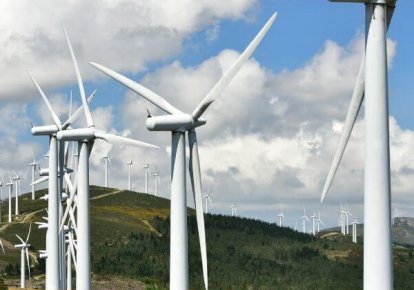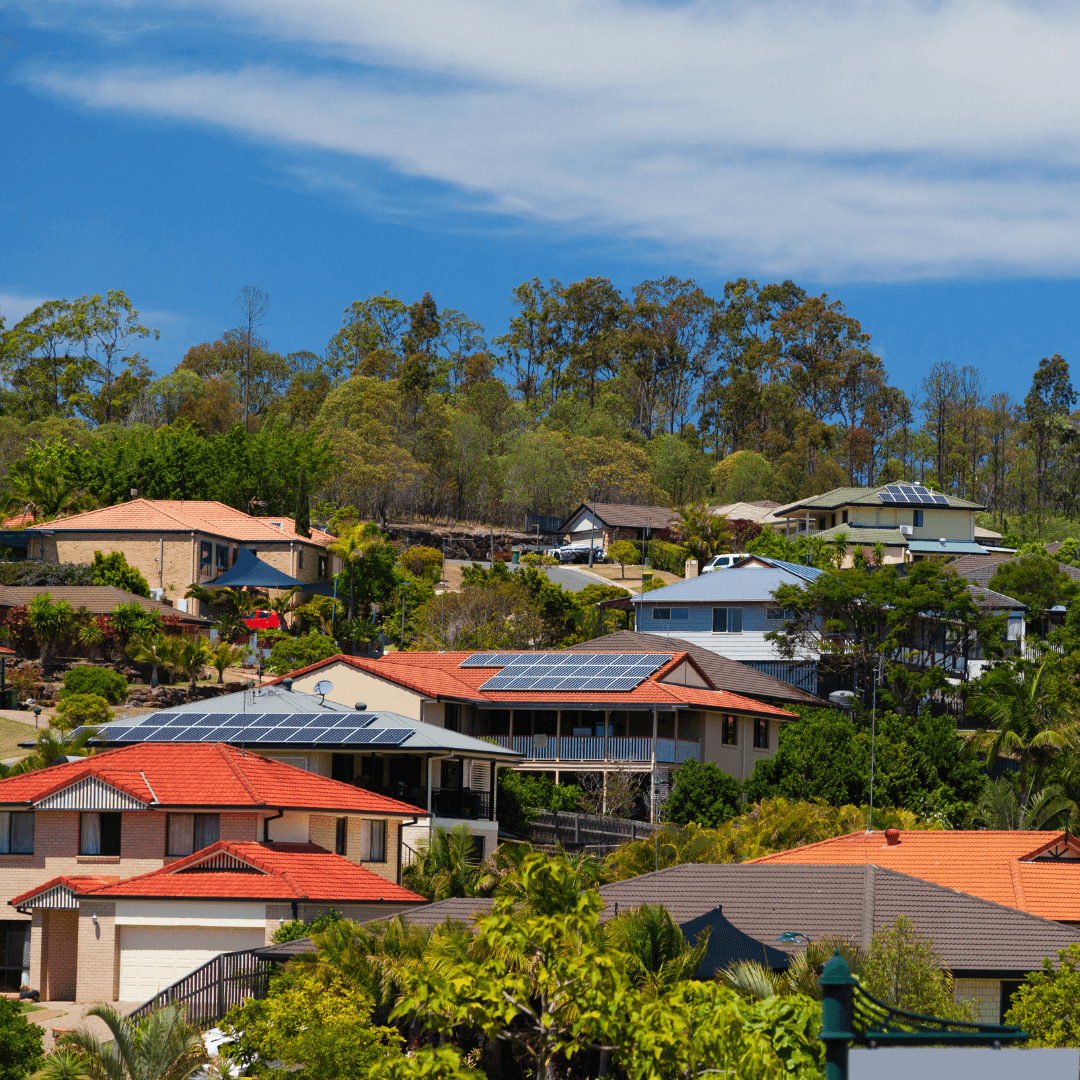If you’re a Flow Power customer and part of our Market Monitoring Service you will receive notifications from us when the market spikes’. These alerts help you get the best possible electricity price from the market. But what does it actually mean, and why does it occur?
Electricity prices on the wholesale spot market vary constantly throughout the day, roughly in line with the balance between supply and demand. When there’s a scarcity of supply relative to demand, this often results in volatile pricing outcomes.
This volatility – temporary, extremely high prices – is actually a design feature of the National Electricity Market (NEM). The volatility is designed to encourage investment in new generation, peaking generation to switch on and loads to begin demand response.
Standard retailers factor this volatility, plus headroom for additional risk, into the fixed price they offer customers. However, if you only used electricity during cheaper periods and avoided these volatile periods your business could save around 10% on annual electricity spend.
A number of factors such as extreme temperatures, unexpected generator outages or contingency events on the grid typically combine to drive periods of very high pricing. This is what Flow Power calls an event.
Calling an event
Flow Power will notify customers of an event when the spot market price exceeds a defined price, typically $500/MWh (megawatt-hour) for at least one 30-minute period. Our customers are then able to decide to avoid using electricity during these most expensive periods by reducing their loads, thereby lowering their annual electricity spend.
Flow Power has chosen this threshold because it balances the savings in electricity spend that a customer can achieve while minimising disruption to business operations. Although this might not happen often throughout the year, as highlighted in the table below, the potential impact on your business is significant.
Table: Percentage of time with energy prices above $500/MWh over the span of each year.
| Year | QLD | NSW | VIC | SA |
|---|---|---|---|---|
| 2014 | 0.39% | 0.00% | 0.08% | 0.19% |
| 2015 | 0.40% | 0.03% | 0.01% | 0.34% |
| 2016 | 0.35% | 0.05% | 0.03% | 0.69% |
| 2017 | 0.61% | 0.08% | 0.02% | 0.23% |
| 2018 | 0.03% | 0.02% | 0.13% | 0.32% |
| 2019 | 0.01% | 0.02% | 0.19% | 0.21% |
What affects volatility?
The price of the electricity market is determined by bids that generators supply to the market. These bids are updated throughout the day, signalling a generator’s intention to operate. Competitive pressures between generators help reduce the price when there is plenty of supply available.
Generators with cheap fuel sources or low operating costs provide the bulk of the electricity during any given day at low to moderate prices. Peaking generators will only operate for a handful of days in a year to meet very high demand on the grid. As peaking generators only operate for short periods, they want a higher price to cover their costs of operation and maintenance over the remainder of the year.
Demand patterns reflect typical consumer behaviours and routines – like the morning and evening peaks of residential consumption. Household appliances and air-conditioners are the largest contributors to demand from the residential sector, industrial and commercial loads constitute the vast bulk of electricity demand.
Weather is also a major factor driving demand levels; very hot weather drives air-conditioning usage during the day and into the evening peak, and cold weather typically drives electric heating use in the morning peak.
Historically, utility scale solar and wind assets are bid at zero or negative prices, though this is slowly changing. Days that produce high wind and sunshine thus help suppress the price. Rooftop solar panels further help by artificially reducing demand. Conversely, a reduction in wind or a lack of sunshine, especially during the evening summer peak can lead to sudden swings in demand and supply levels.
Interconnection with other regions, the number of generating units available and the bidding behaviour of generators can also cause market volatility – sometimes outside of very hot or cold days.
AEMO Price Forecasts
The Australian Energy Market Operator (AEMO) publishes an estimated forecast of future prices, called the pre-dispatch, based on the current generator bids to meet the forecast demand. These are only provided as estimates and can be incorrect due to three key factors:
- variations in actual demand from forecast
- variations in actual renewable generation from forecast; and
- generator rebidding.
Pre-dispatch is provided in two versions, each five-minutes for the next hour, and each 30-minutes for the next day and a half. These forecasts are re-run every five and 30 minutes, respectively.
Pre-dispatch serves to provide an estimate of what generators can expect to earn if they supply electricity into the market. Generators that are more expensive to run may choose to only generate during periods where they can cover their short-run marginal costs (SRMC).
How does Flow Power forecast an event?
Although the AEMO pre-dispatch price estimates are often a key factor in determining whether an event may or may not eventuate, they can be very deceptive. Flow Power considers these price forecasts, as well as a range of other market factors when forecasting events for its customers.
Active rebidding by generators close to a forecast event often pushes price spikes later into the afternoon than anticipated. Other times changes in forecast demand, particularly when actual demand tracks much higher than forecast, leads to a spike earlier in the afternoon.
Sometimes a price spike may be predicted, only to be squashed by generators that rebid their available capacity into the market at lower prices. Generators may do this because they’re defending a hedged position behind the scenes or because they believe there is volume risk in the market – it’s better to generate a large amount at a moderate price than a small amount at a high price, particularly if there’s uncertainty around when or by how much the price will spike.
To help your business manage these market risks, Flow Power has a specialist team monitoring the market 24 hours a day, 7 days a week to ensure that you don’t have to. Flow Power’s market specialists are constantly assessing the potential for actual price spikes to eventuate against the forecasts.
Challenges associated with calling events
From time to time Flow Power may call events that turn out to be false alarms’. This is because we need to make a decision based on forecast conditions and provide enough notice for our customers to respond and begin reducing load. However, when the event starting time rolls around the price may not actually spike at all. If this happens, we’ll typically let the event run until we are sure the risk of high pricing exposure to our customers has passed. We endeavour to act in the best interest of our customers and the number of these false events is usually a couple of times a year.
Predicting the price outcome is no easy feat. Live spot prices vary every five minutes, but customers pay the 30-minute average. Trying to foresee what the half hour will average out to can be quite a challenge – this is why we have our dedicated Flow Power specialist team monitoring the market for you, our customers.
We understand that there are times when we don’t get it right. Sometimes unexpected price spikes occur without warning, often only lasting one 30-minute interval. Or a price spike may occur only in the last five or ten minutes of an interval, driving the average price up. However, the overall impact of these unanticipated spikes over the course of a year is typically minimal.
Wrapping up the event
As you can see, a number of factors come into play when Flow Power calls an event. These factors can vary from the number of generators offline for maintenance, to extreme weather or contingency events on the grid like damaged power lines.
If you’re part of our Market Monitoring Service, Flow Power will forecast the likelihood of an event and the anticipated pricing impact. We will also provide notifications to key personnel throughout your business, so that your business can make the decision whether to reduce load during a high priced period.
After an event, we can help you analyse your usage and performance and highlight areas where you may be able to improve.
If you’d like to receive a copy of our Demand Response Framework, which is your guide for demand response, or would like more information on our Market Monitoring Service (MMS) give your account manager a call.
Any questions? We’re here to help.
If you’re interested in learning more about demand response, our friendly team are always available for a chat.
If you’re an existing Flow Power customer, please do not hesitate to reach out to your account manager.
If you’re not a Flow Power customer contact our friendly team today:
? 1300 08 06 08 (within business hours)
?️ Live chat message (within business hours via the chat button at the bottom of your screen)
Alternatively, you can submit your questions through our website contact form here.














